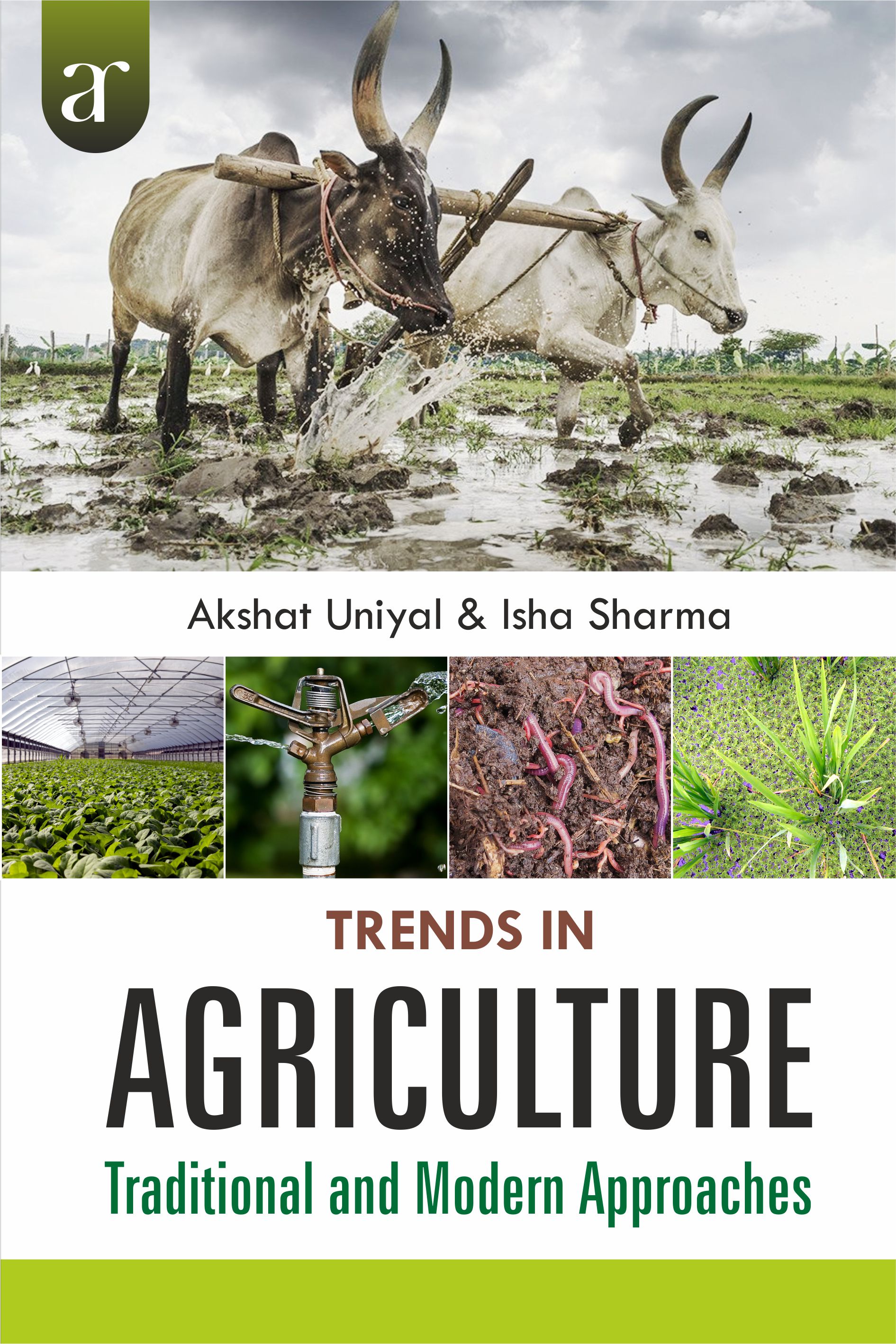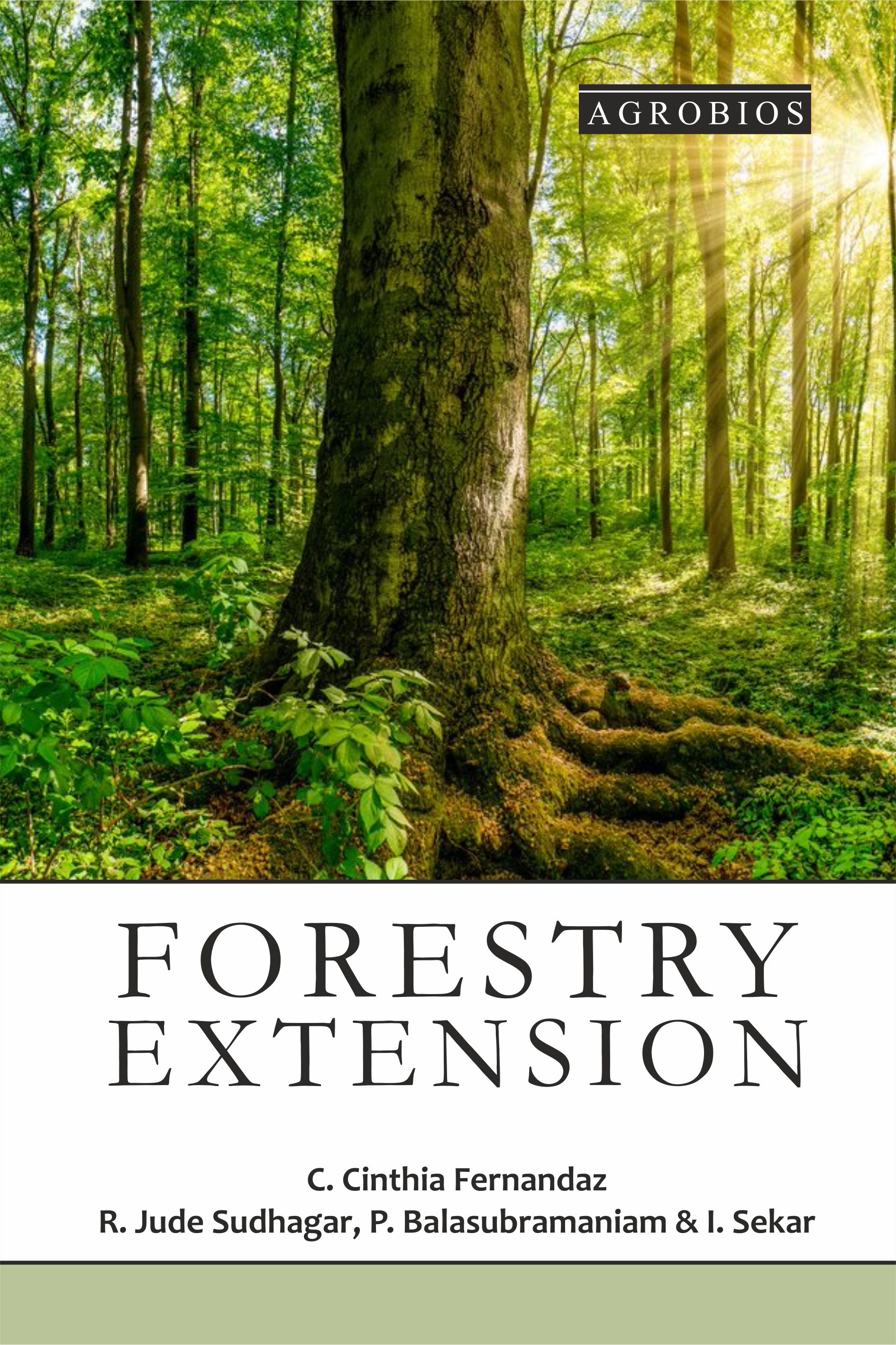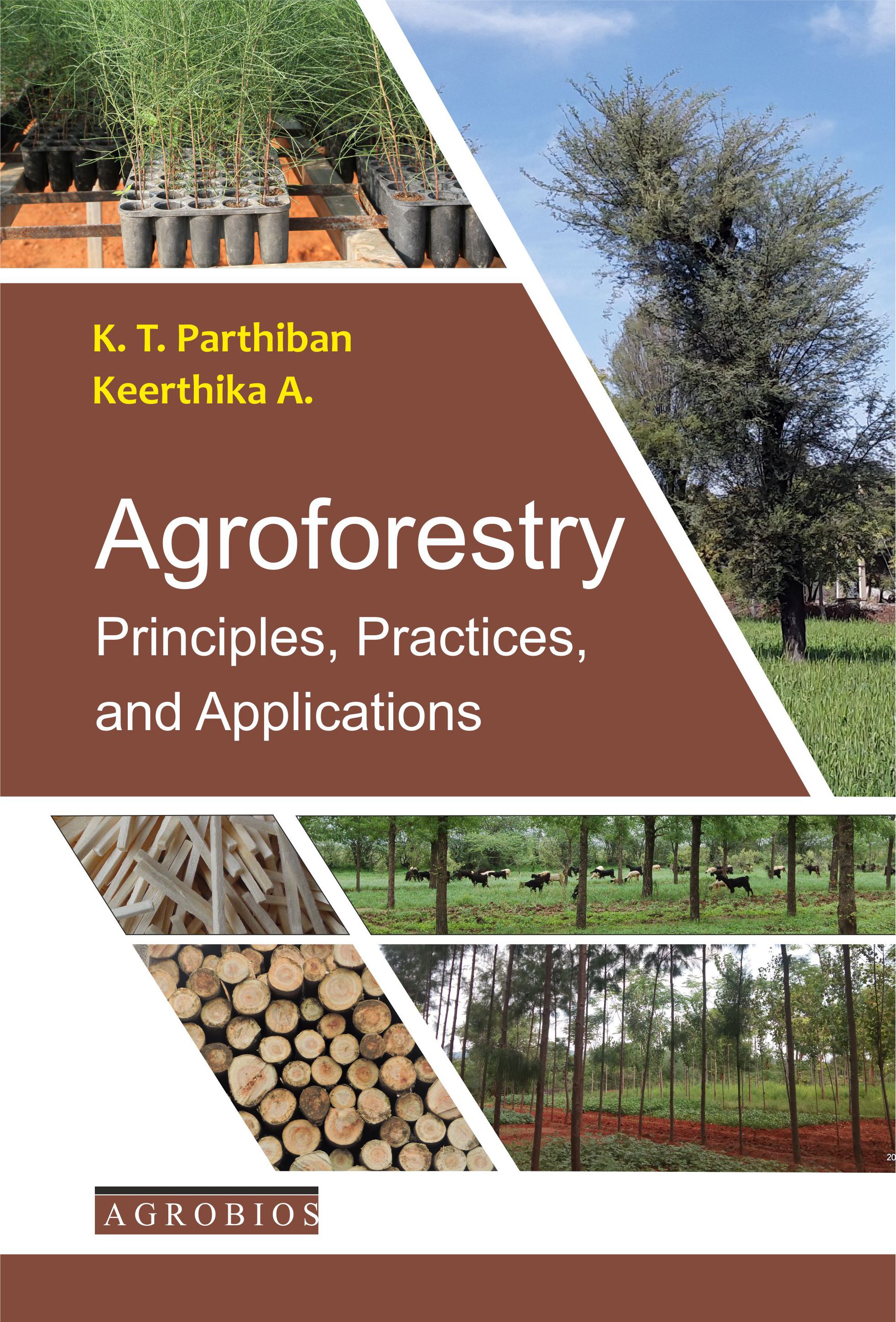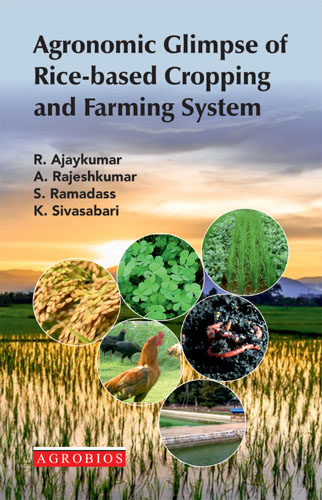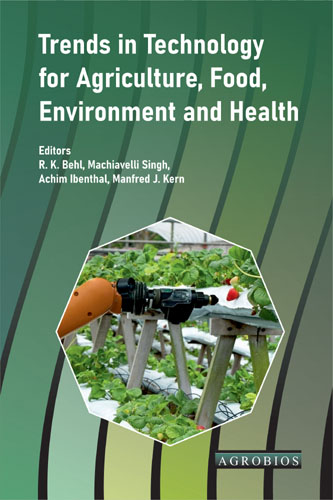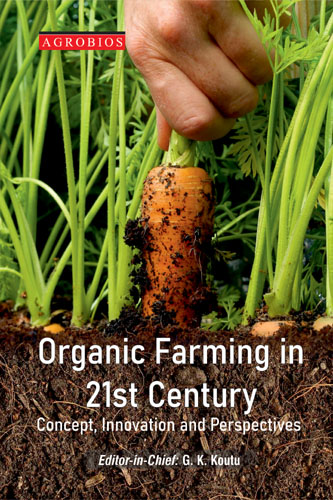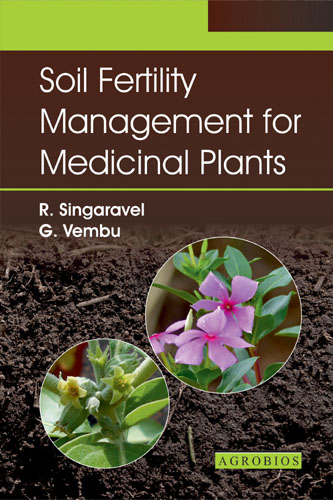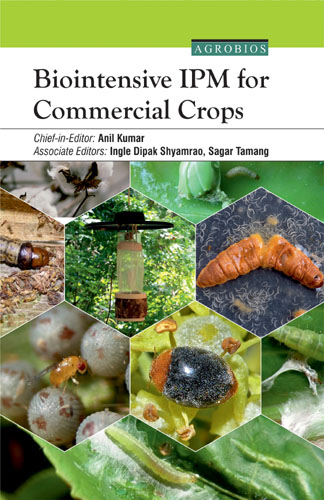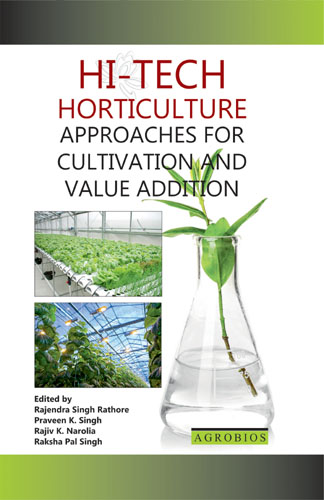Ebook
ISBN: E-2024-36
Chapter: Bioremediation Of Pesticides Present In Soil, Sludge, Groundwater And Sediments
Chapter No.: 18Contributors:
Bioremediation of Pesticides Present in Soil, Sludge, Groundwater and Sediments
- Hira Singh Gariya
Department of Biotechnology, Bennett University, Greater Noida Tech Zone-2, Gautam Budh Nagar, UP, India - Amanpreet Kaur
Department of Biotechnology, School of Basic and Applied Sciences, Shri Guru Ram Rai University, Dehradun, Uttarakhand, India. - Manish Dev Sharma
Department of Biotechnology, School of Basic and Applied Sciences, Shri Guru Ram Rai University, Dehradun, Uttarakhand, India. - Naveen Gaurav
Department of Biotechnology, School of Basic and Applied Sciences, Shri Guru Ram Rai University, Dehradun, Uttarakhand, India.
Corresponding author: naveensri17@gmail.com
Abstract
The bioremediation approach on a business scale has notable advertising and marketing possibilities nowadays. It is a common perception in the science community that in forthcoming days, when the remediation cost of contaminated land may raise many times, phytoremediation gives a value-powerful answer for in situ remediation of the tainted sites compared to different traditional techniques like excavation and reburial of infected soil. It progresses without troubling the indigenous population of the soil micro-flora and fauna and entails exploiting the herbal capacity of the surroundings to rehabilitate itself. This approach can deal with several forms of insecticides, metals and petroleum hydrocarbons. Plants also support the metabolic activities of microbial communities in the rhizosphere via the root exudates, which enable the microorganisms to break down a broad category of organic chemical compounds. Phytoremediation also encompasses several detrimental consequences as it mainly depends upon the depth of the roots and the tolerance of the plant to the contaminants. Contaminants in senescing tissues may be released back into the soil and water environment during the falling of leaves. Phytoextraction does not exclusively mean that there is the destruction of contaminants, however as a substitute can collect or immobilize the contaminants.
Keywords: Phytoremediation, Rehabilitate, Hydrocarbons, Phytoextraction, Contaminants.
List of All Chapters
1 - Introduction To Soil, Its Degradati...
2 - Ecological Restoration ...
3 - Natural And Human Dimensions Of Soi...
4 - Soil Restoration: Its Principles An...
5 - Soil Degradation Pattern And Potent...
6 - Soil Degradation And Deterioration:...
7 - Soil Microbes And Their Contributio...
8 - Sustainable Restoration And Revival...
9 - Problem Soil: Types, Causes, And Re...
10 - Soil Degradation And Nutrient Mobil...
11 - Influence Of Organic Matter Content...
12 - Impact Of Mining On Health, Environ...
13 - Phytoremediation Of Degraded Semi-a...
14 - Chemically Contaminated Soil: Sourc...
15 - Degradation Of Fungicides In Soil ...
16 - Bioremediation Approaches For Recla...
17 - Heavy Metals In Soil: Assessment, E...
18 - Bioremediation Of Pesticides Presen...
19 - Harnessing Artificial Intelligence ...
20 - Impact Of Forest Fires In Uttarakha...
21 - Subject Index...
Book Details
Soil Restoration: Assessment And Reclamation NEW
TEXT-CUM-REFERENCES BOOK
0
0
0
AMERICAN ROYAL (6X9)
0 Gms
All Rights Reserved
M/s AGROBIOS RESEARCH
EXTENSION WORKERS | FIELD WORKERS | PG STUDENTS | SCIENTISTS AND RESEARCHERS |
Agronomy , Climate Change , Crop Ecology And Environment , Crop Physiology , Dry Land Agriculture , Food Security , Forestry , Gardening , General Agriculture , Horticulture , Microbiology , Natural Resources Management , Organic Farming , Soil Science , Sustainable Agriculture , Vermicomposting ,



